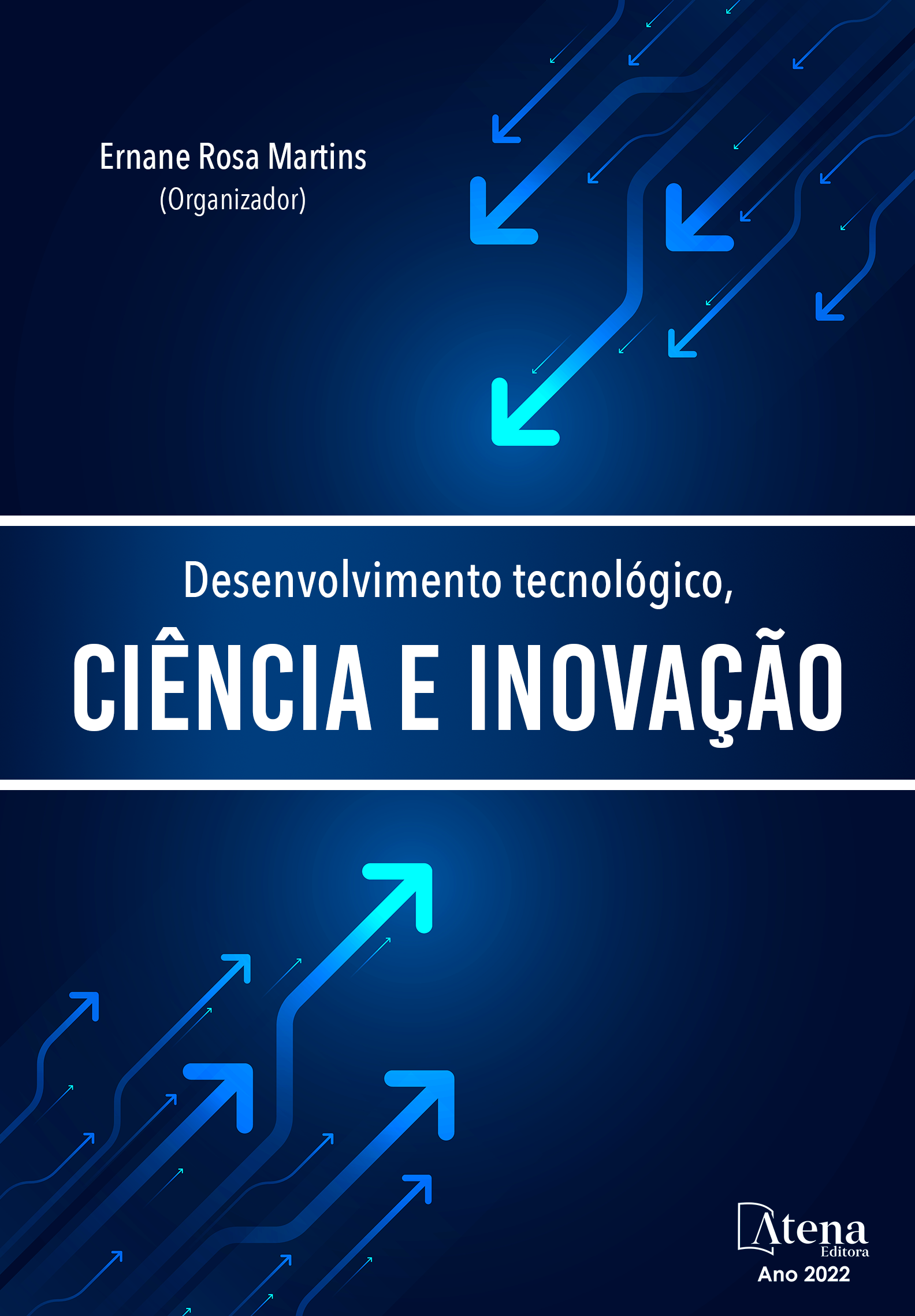
RESÍDUOS DE PESTICIDAS EM ALIMENTOS: CONTEXTUALIZAÇÃO E AS APLICAÇÕES DE TÉCNICAS ELETROANALÍTICAS
A demanda por alimentos cresce constantemente em virtude do aumento da população mundial. Práticas agrícolas como a aplicação de fertilizantes e pesticidas em culturas agrícolas vêm sendo comumemente utilizadas para suprir tal demanda nas últimas décadas. Contudo, tais práticas podem ser nocivas ao meio ambiente e aos seres vivos. A classe dos herbicidas merece atenção uma vez que são amplamente utilizados em culturas agrícolas. O diuron é um herbicida não seletivo utilizado para o controle de ervas daninhas que devido a sua estabilidade e sorção no solo acaba se infiltrando e culmina em diversos problemas ambientais e de saúde humana. A existência de resíduos do herbicida nas culturas por ele tratadas é de grande probabilidade. Em termos de segurança alimentar, análises cromatográficas são utilizadas para se detectar e quantificar seus níveis. No entanto, tais análises têm alto custo e não permitem a realização in situ. A procura por novas metodologias que contornem tais obstáculos levou à utilização de metodologias eletroanalíticas e ao desenvolvimento de sensores eletroquímicos. Com eles, baixos níveis de resíduos alimentares conseguem ser detectados. Neste sentido, o presente capítulo busca compilar as informações pertinentes ao desenvolvimento de um método analítico de baixo custo, portátil e de alta sensibilidade.
RESÍDUOS DE PESTICIDAS EM ALIMENTOS: CONTEXTUALIZAÇÃO E AS APLICAÇÕES DE TÉCNICAS ELETROANALÍTICAS
-
DOI: 10.22533/at.ed.0742206074
-
Palavras-chave: eletroanálise, diuron, segurança alimentar
-
Keywords: electroanalysis, diuron, food safety.
-
Abstract:
The demand for food is constantly growing due to the increase in the world population. Agricultural practices such as the application of fertilizers and pesticides in agricultural crops have been commonly used to meet this demand in recent decades. However, such practices can be harmful to the environment and to living beings. The class of herbicides deserves attention since they are widely used in agricultural crops. Diuron is a non-selective herbicide used to control weeds that due to its stability and sorption in the soil ends up infiltrating and culminating in several environmental and human health problems. The existence of herbicide residues in the crops treated by it is highly likely. In terms of food safety, chromatographic analyzes are used to detect and quantify their levels. However, such analyzes are expensive and do not allow for in situ performance. The search for new methodologies that circumvent such obstacles led to the use of electroanalytical methodologies and the development of electrochemical sensors. With them, low levels of food residues can be detected. In this sense, this chapter seeks to compile information relevant to the development of a low-cost, portable and high-sensitivity analytical method.
-
Número de páginas: 17
- Gabriela Brandalise da Luz
- Suellen Aparecida Alves


